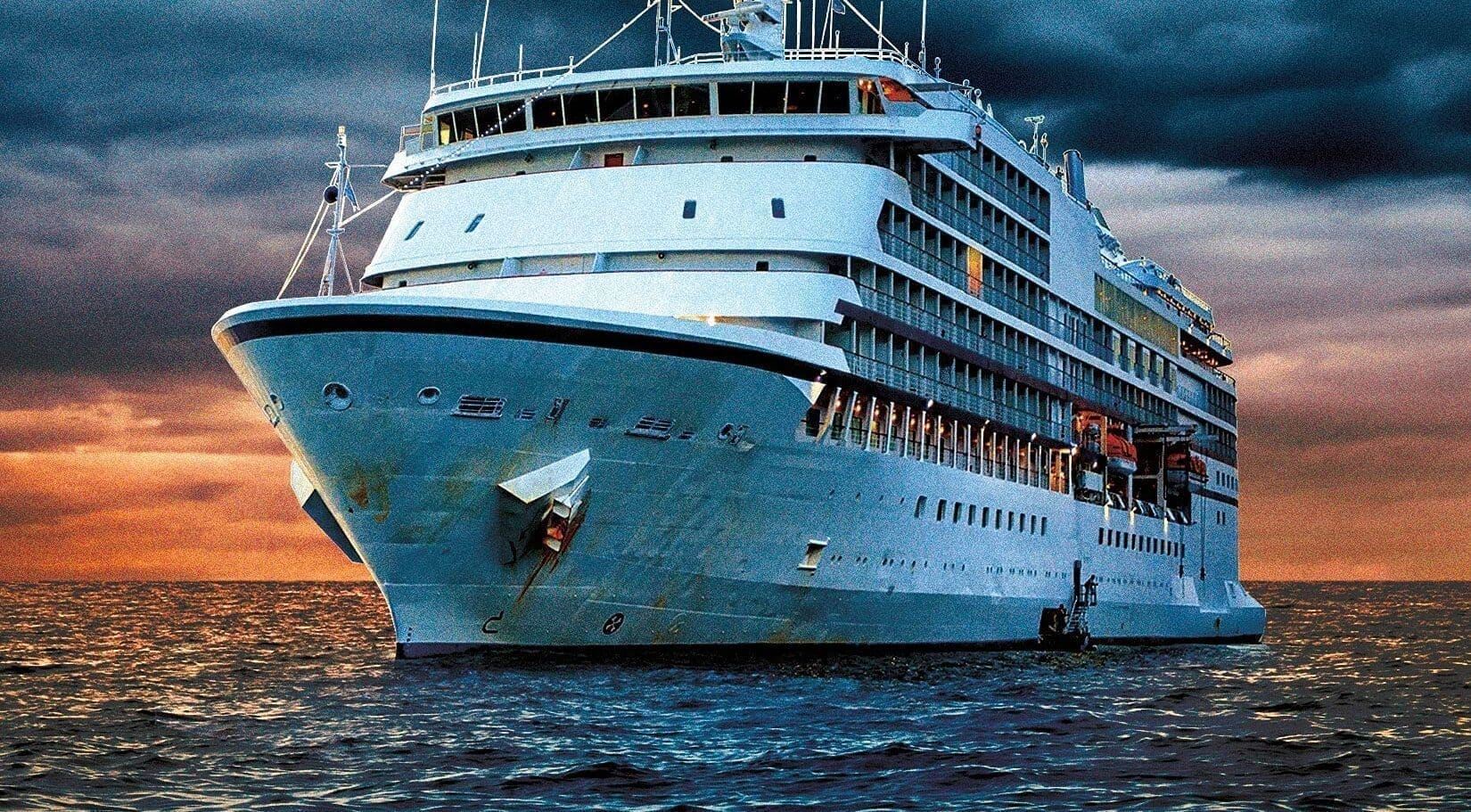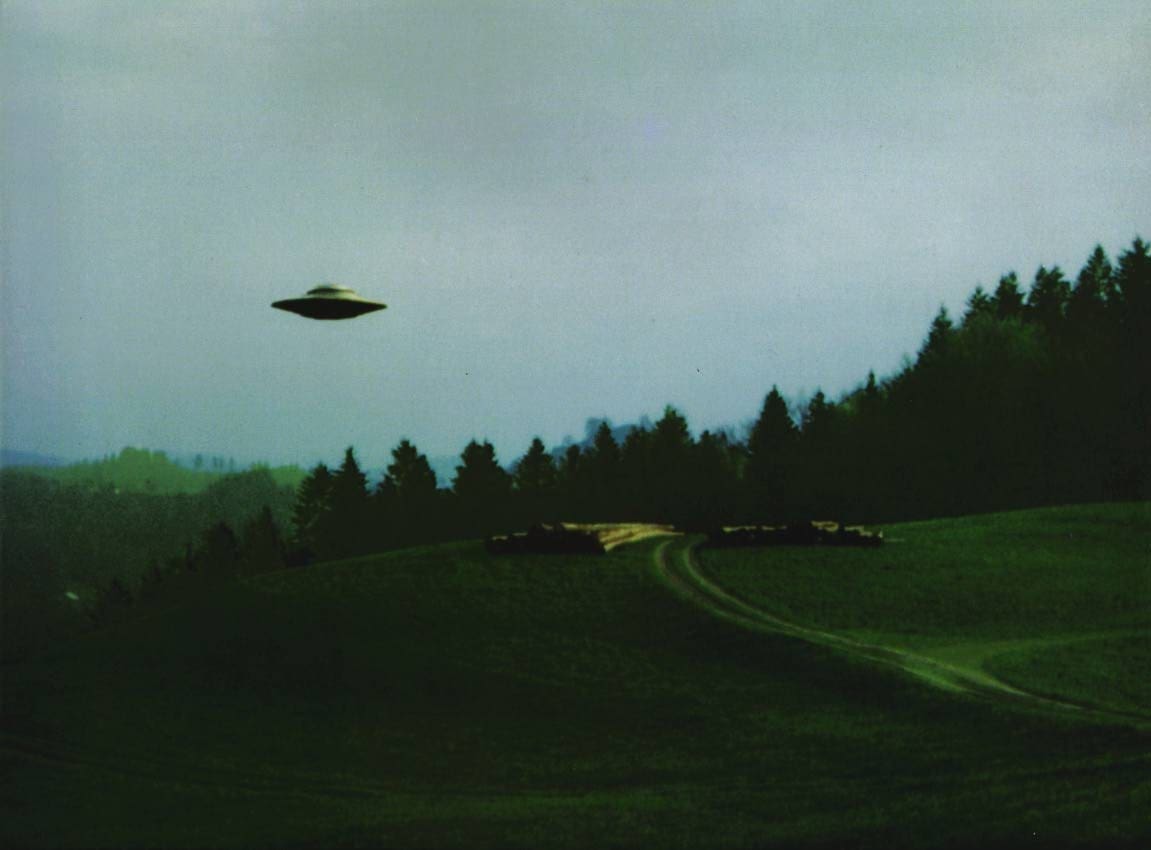Recently NASA released a document calling for the preservation of Apollo-era artifacts on the Moon.
The document, titled “NASA’s Recommendation to Space-Faring Entities: How to Protect and Preserve the Historic and Scientific Value of US Government Lunar Artifacts” was drafted last year. However, the document has gotten renewed interest in light of several developments, including the recent death of national hero Neil Armstrong and the revelation from the Lunar Reconnaissance Orbiter that most of the Apollo sites have held up extremely well to lunar conditions.
The NASA press release accompanying the guidelines acknowledges NASA’s belief that several other entities are nearly capable of lunar landings:
“NASA recognizes that many spacefaring nations and commercial entities are on the verge of landing spacecraft on the moon.”
In a separate announcement, NASA and the X Prize Foundation announced that the private, Google-funded company would abide by NASA’s guidelines, and that “the foundation will take the guidelines into account as it judges mobility plans submitted by 26 teams vying to be the first privately funded entity to visit the moon.”

The documents contain many technical guidelines for protecting the sites of Apollo and Surveyor missions as heritage sites. These include a 2 km exclusion zone (an area over which a spacecraft should not fly) for Apollo landing sites, and a .5 km exclusion zone for the impact sites of various probes, including the Surveyor missions.
The guidelines also advise that Apollo landing sites, particularly Apollo 11 and 17 should have an “artifact boundary” or AB of 75 meters. This means that astronauts, buggys, or rovers shouldn’t enter these sites to keep them pristine for future generations.

The document makes no mention of other nations’ space artifacts, including the various Soviet probes that made successful moon fall. Additionally, despite the X-Prize Foundation’s willingness to abide by the guidelines, they do not have the force of law and have not yet been acknowledged by other spacefaring nations.
Robert is a science geek with a passion for science fiction. He has a BS in general biology and currently works in an occupational health lab at The University of Arizona. Additionally, Boumis has published three short stories, all science fiction, and does costuming in his spare time. His interests include classic science fiction novels, sci-fi films, filmmaking, UFOs, and video games. Follow his Facebook here: https://www.facebook.com/pages/Robert-J-Boumis/142544852462290?ref=ts





























